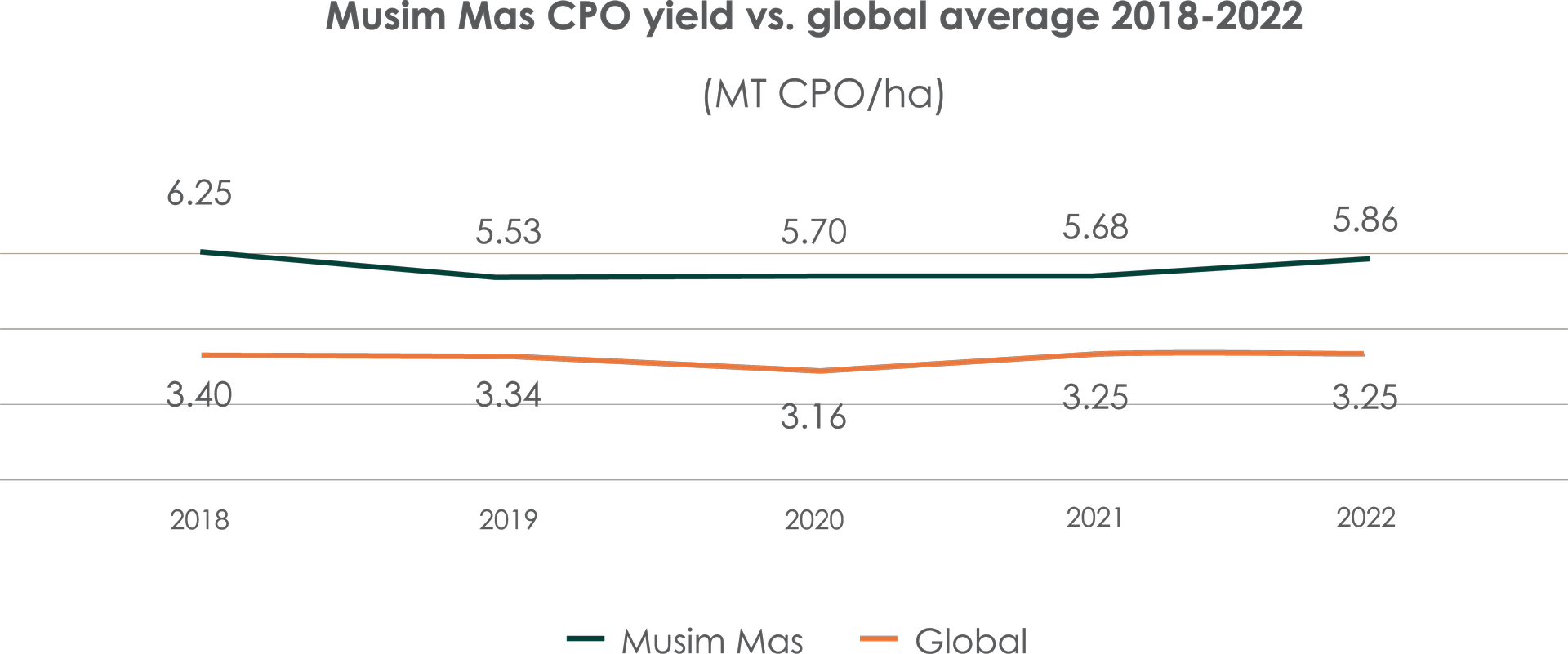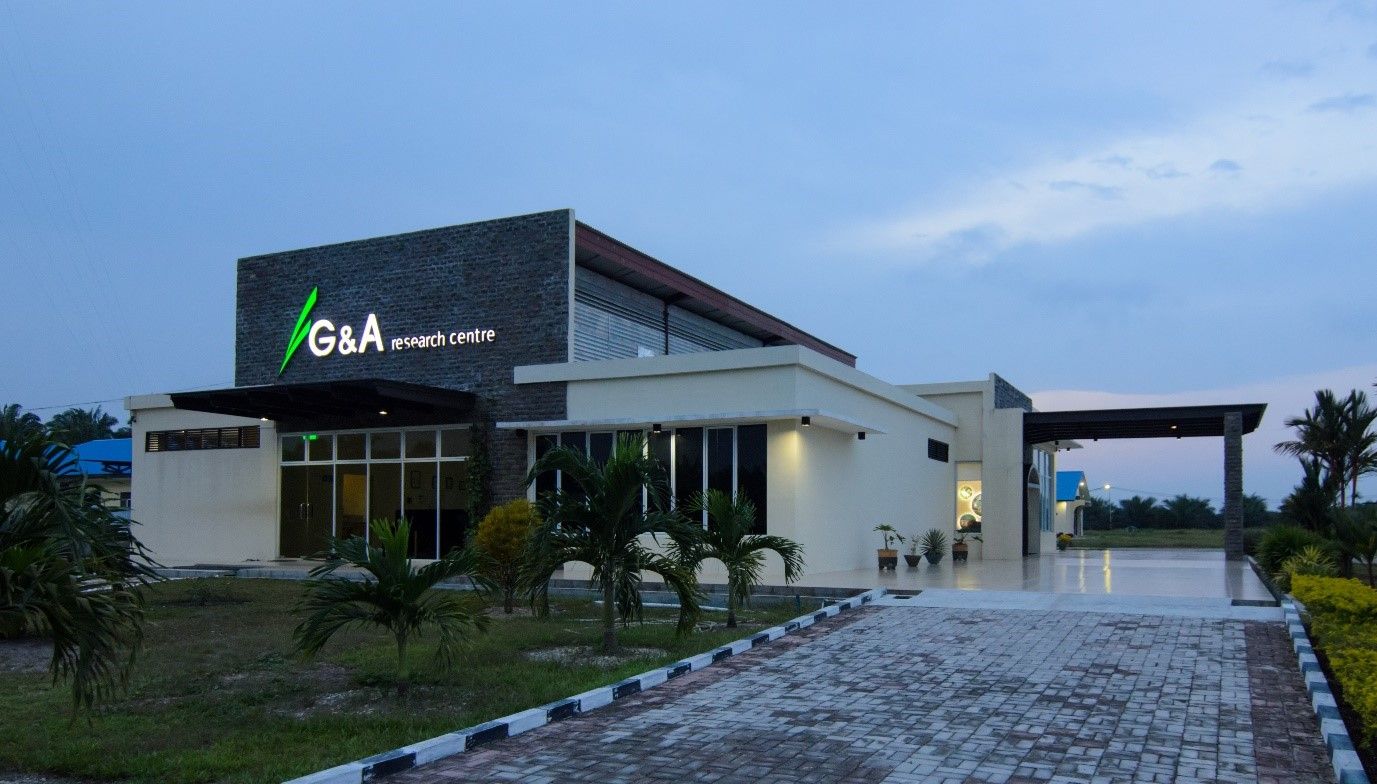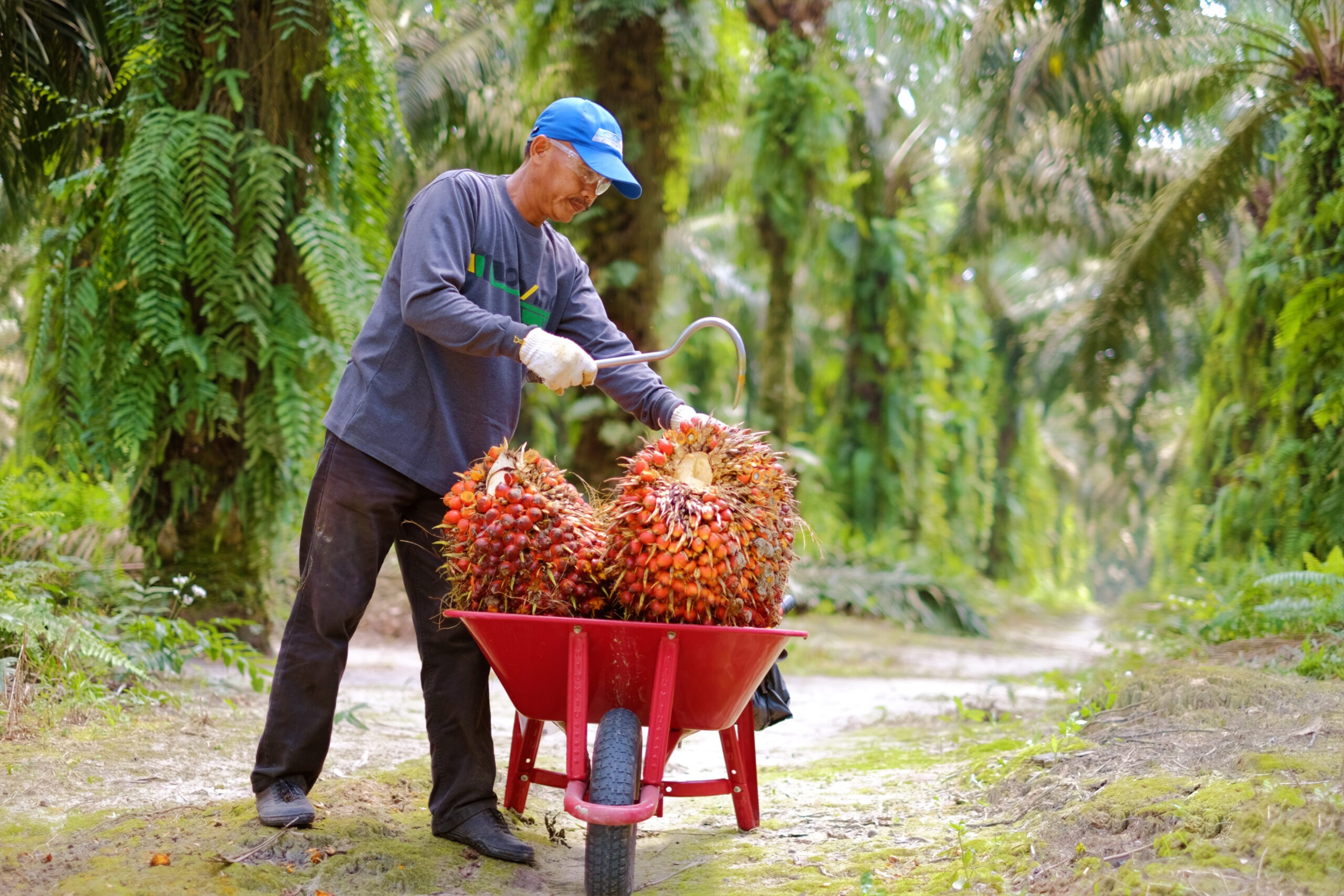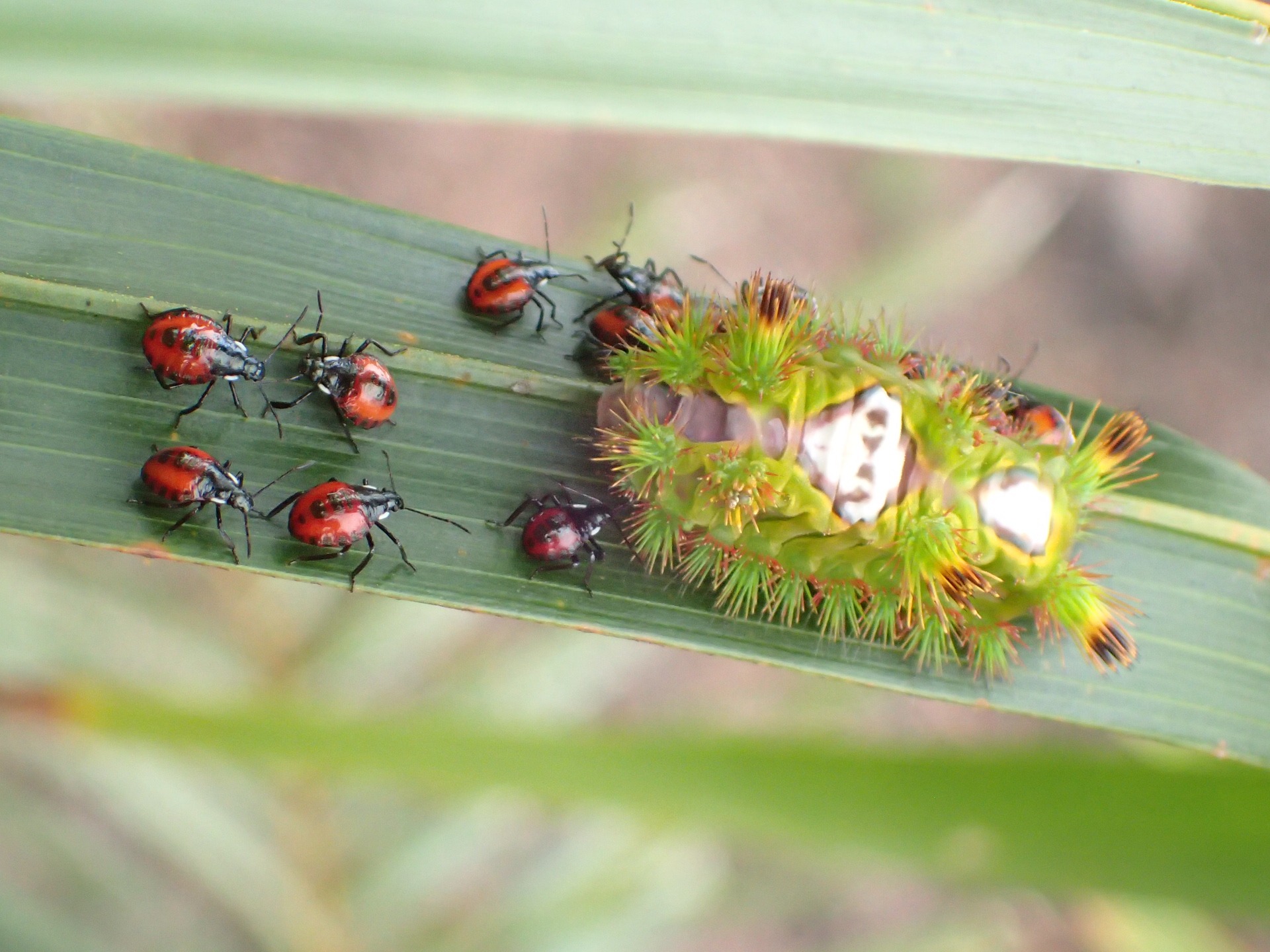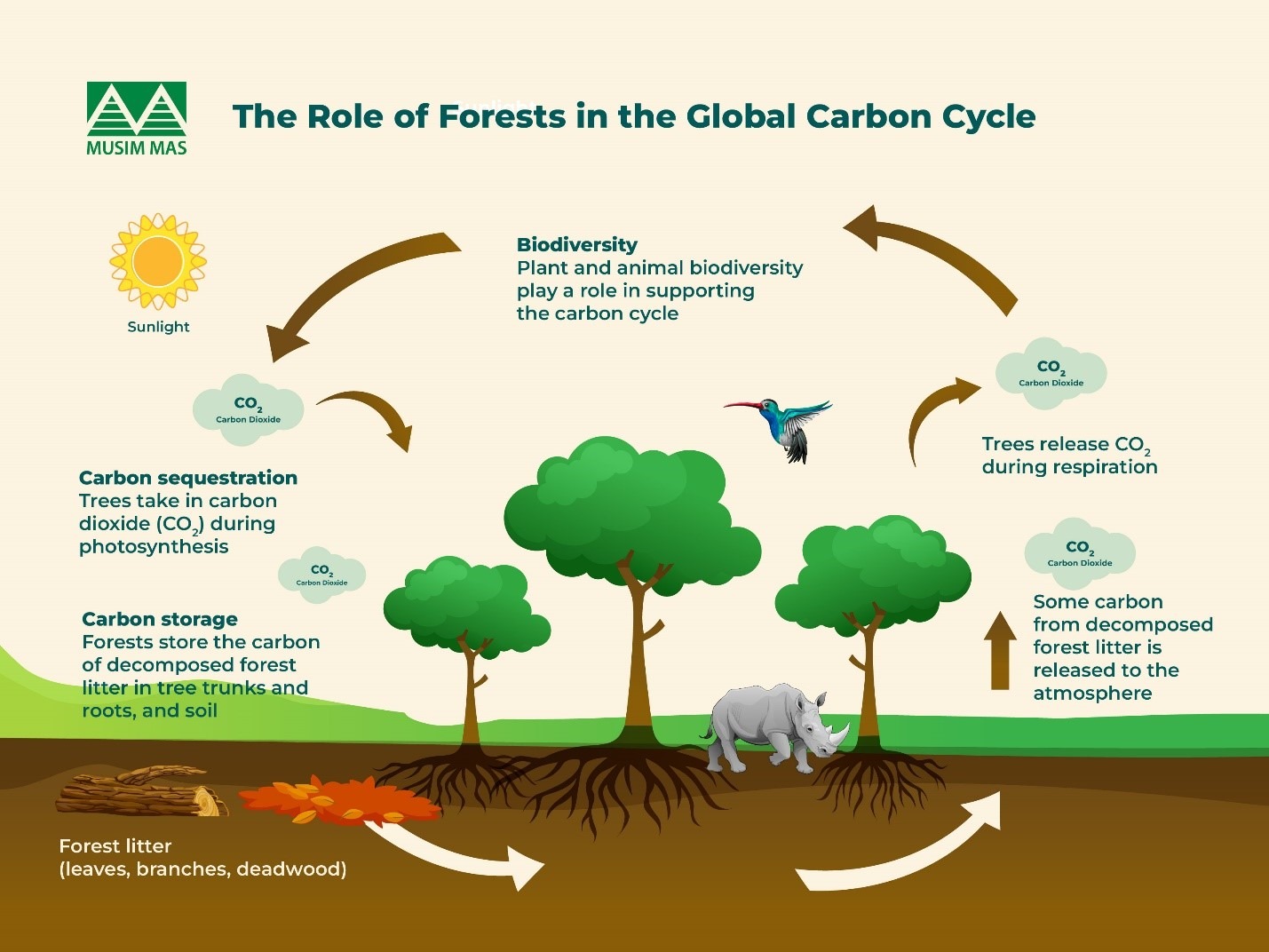Ensuring global food security is becoming increasingly challenging as the world’s population is projected to surpass 9 billion by 2050. Factors such as the need to preserve forests and the potential impact of climate change limits the availability of land that can be harvested sustainably.
Precision agriculture emerges as a promising solution for the agricultural industry to produce more food as efficiently as possible. This article explores the concept and how Musim Mas applies it in its operations to address global food security concerns.
What is Precision Agriculture?
Precision agriculture, or precision farming, is a science-based method that optimizes crop productivity and yields. It gained prominence in the 1980s with the advent of Information Technology (IT) and satellite monitoring. By leveraging IT and satellite imagery, this approach provides farmers with precise data to optimize the use of resources like land, water, fertilizers, and pesticides.
Precision Agriculture Leverages on Data for Optimal Efficiency
Firstly, precision agriculture minimizes wastage by providing insight into the exact resources required for crop growth. For example, farmers can grow more with a given plot of land without the excessive use of fertilizers. This reduces run-offs that pollute water bodies and preserves the surrounding ecosystems around their farms.
Instead of managing farms as a single unit, precision agriculture also uses technologies to customize management to smaller units.
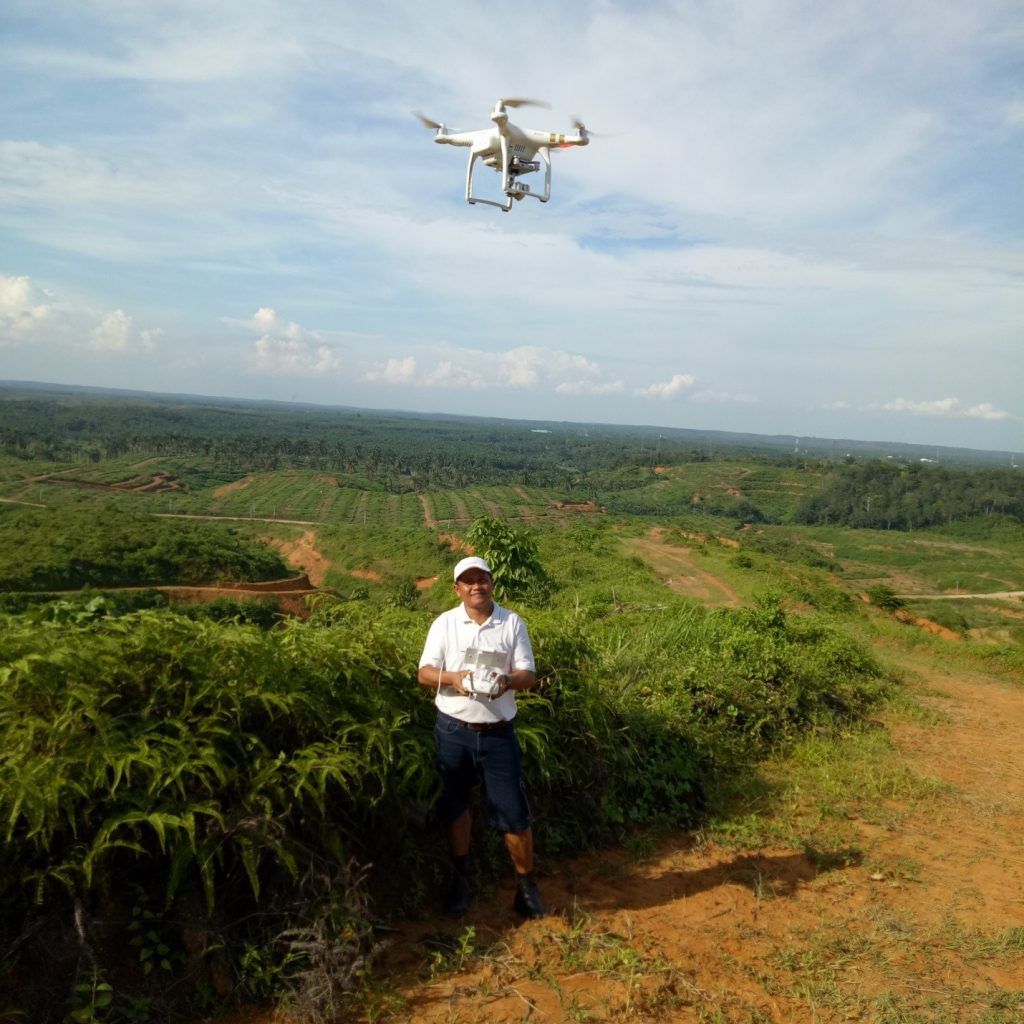
(Above) Our team on the ground verifying the satellite data using a drone
Translating Precision Agriculture Insights into Action
While precision agriculture generates invaluable insights, the next step is to act on it. For instance, satellite data may indicate a lack of nutrients in the topsoil of a specific plot of land. In response, our team can apply the appropriate nutrients, sometimes using automation technologies.
“We carry out detailed soil surveys and classification for all of our plantations,” said Ooi Ling Hoak, the Head of Musim Mas Research and Development (R&D) unit and the Group’s chief agronomist. “We can then focus on conditioning the soil in each area. In some plots, our surveys might show that the soil is too sandy, which isn’t good as it retains water and nutrients poorly. We would apply dried decanter solids or palm fibers to improve the soil quality.” Dried decanter solids and palm fibers are a by-product of the oil palm milling process, obtained and reused in the fields as part of Musim Mas’ zero-waste mills approach for sustainability.
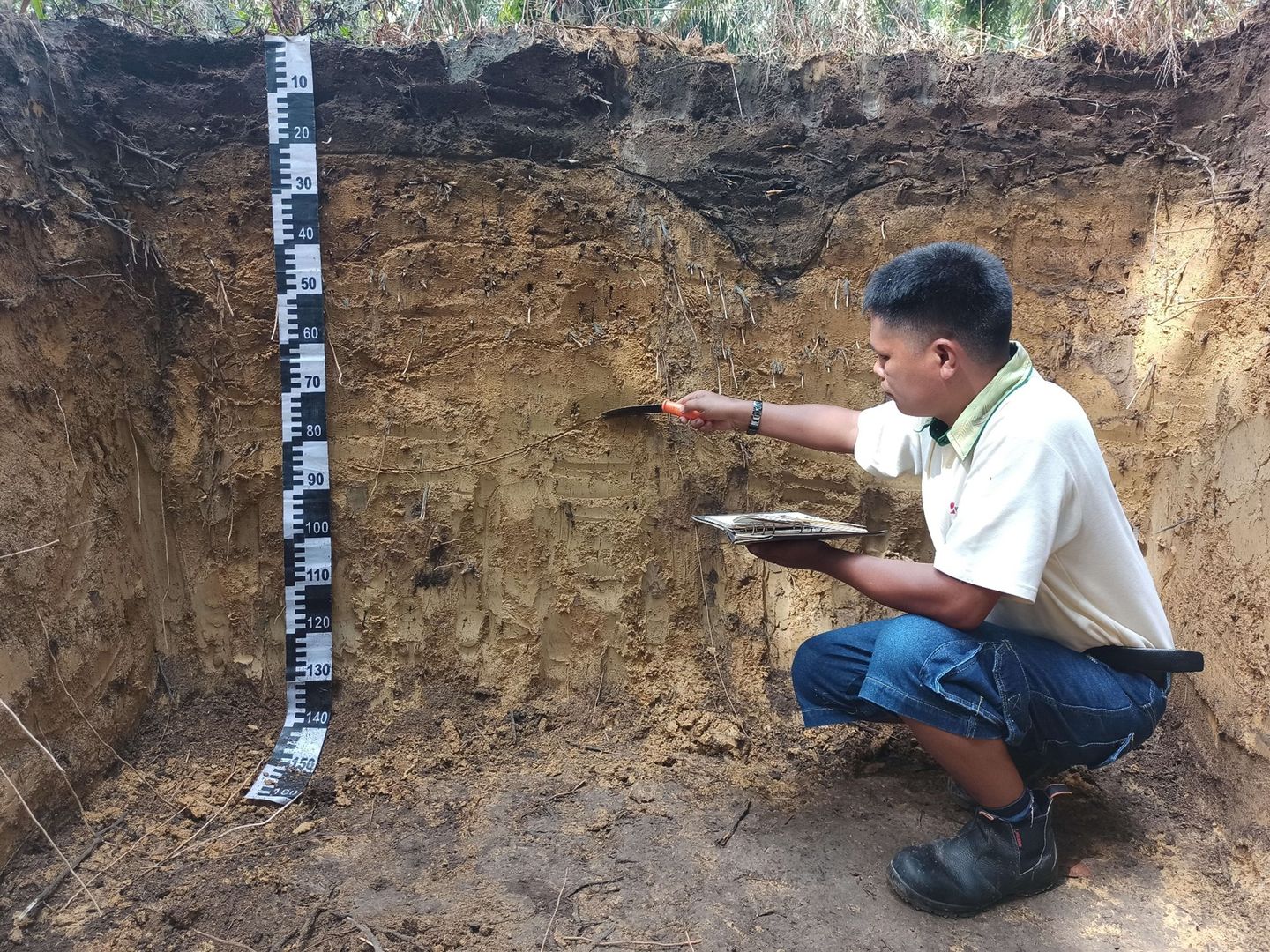
Musim Mas staff conducting a soil profile examination
Reducing Environmental Impact
Another application of precision agriculture is fertilizer and pesticide reduction, which reduces the environmental impact of farming. Operating costs are also minimized, as fertilizers constitute up to 60% of plantation operating costs.
Site-specific data collected through precision agriculture aid in targeted approaches to address pests and disease infestations, such as strategically targeting termite colonies.
“Termites are a pest in oil palm plantations. The queen can lay an egg every three seconds for 30 years, giving birth to an entire kingdom,” said Cheong Yew Loong, Musim Mas’ chief Crop Protectionist. “Once the queen dies, life will not make sense for the kingdom, so for good control, you have to strike where it hurts the most, which is the queen’s chamber.”
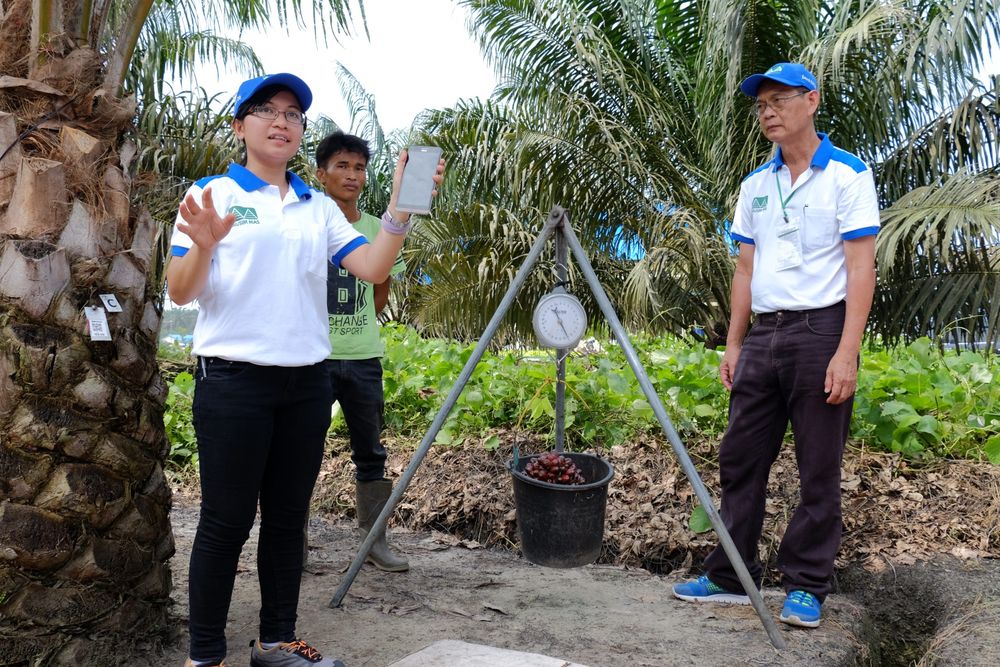
Recording fertilizer inputs and yields on smartphones
Musim Mas Invests in Research and Development to Enhance Yields
The application of precision agriculture across Musim Mas’ plantations is part of its holistic focus on innovation for sustainable and high-yielding palm oil production. Using technology like satellite imagery and conducting agronomic research, the Group focuses on improving farming methods and breeding higher-yielding seeds through artificial selection and without genetic modification.
“We believe that the growth in oil palm production should be fueled by efficiency in our farming methods and better-yielding seeds instead of land expansion,” said Wai Meng, Musim Mas Plant Breeder.
Musim Mas’ agronomic research center is pivotal in optimizing yields. Located in its Riau plantation, the center is over 200 hectares, including planted areas. It consists of dedicated units for optimizing agronomy, crop protection, and peatland management, providing Musim Mas’ operations with advanced oil palm planting materials individually tailored to suit different environments. This ensures consistent and optimal yields across all of the Group’s plantations across Indonesia.
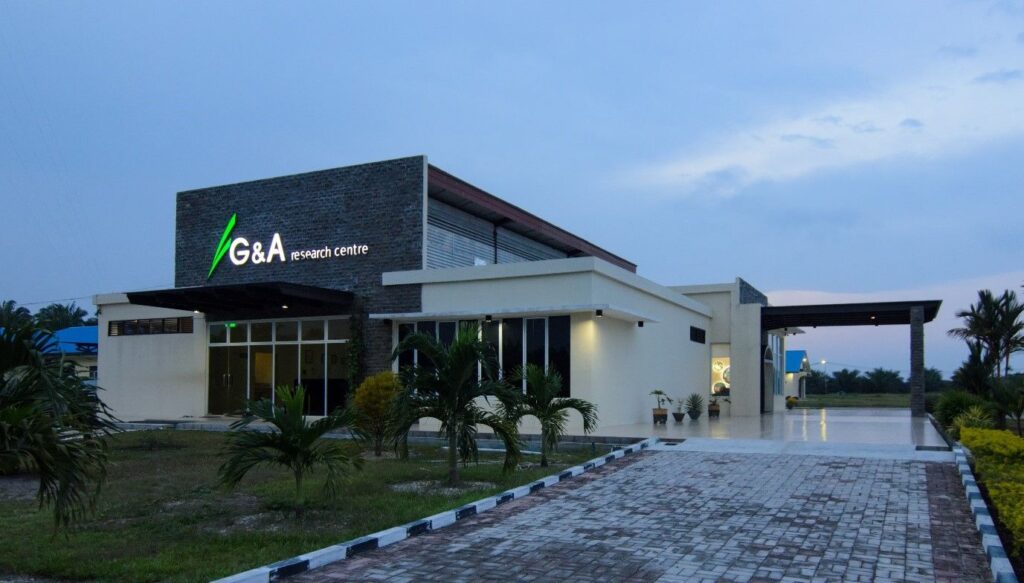
Musim Mas’ agronomic research center
Achieving Superior Yields to Meet the World’s Demand for Oils and Fats
The research center provides Musim Mas with inputs for leading standards in agronomic management in its nurseries and plantations. As a result, the Group has achieved yields that are almost twice the global average. The Group’s Crude Palm Oil (CPO) yields in 2022 stood at 5.86 million tons per hectare, significantly higher than the global average of 3.25 million tons per hectare.
Musim Mas will continue to emphasize innovation, from its R&D efforts to apply concepts like precision agriculture on the ground, to ensure its production is as sustainable as possible. As a responsible palm oil producer, Musim Mas believes that such efforts are essential to contribute not just to its production but to meet the world’s needs for oils and fats.
